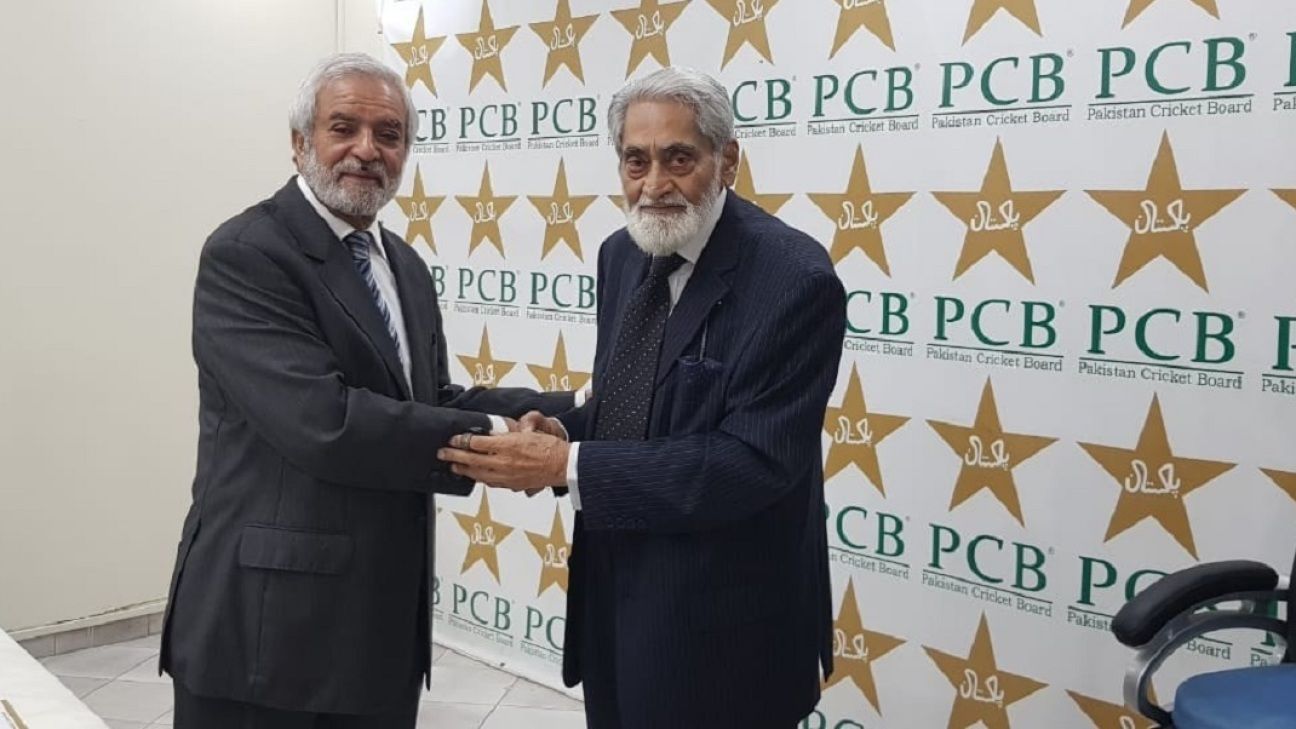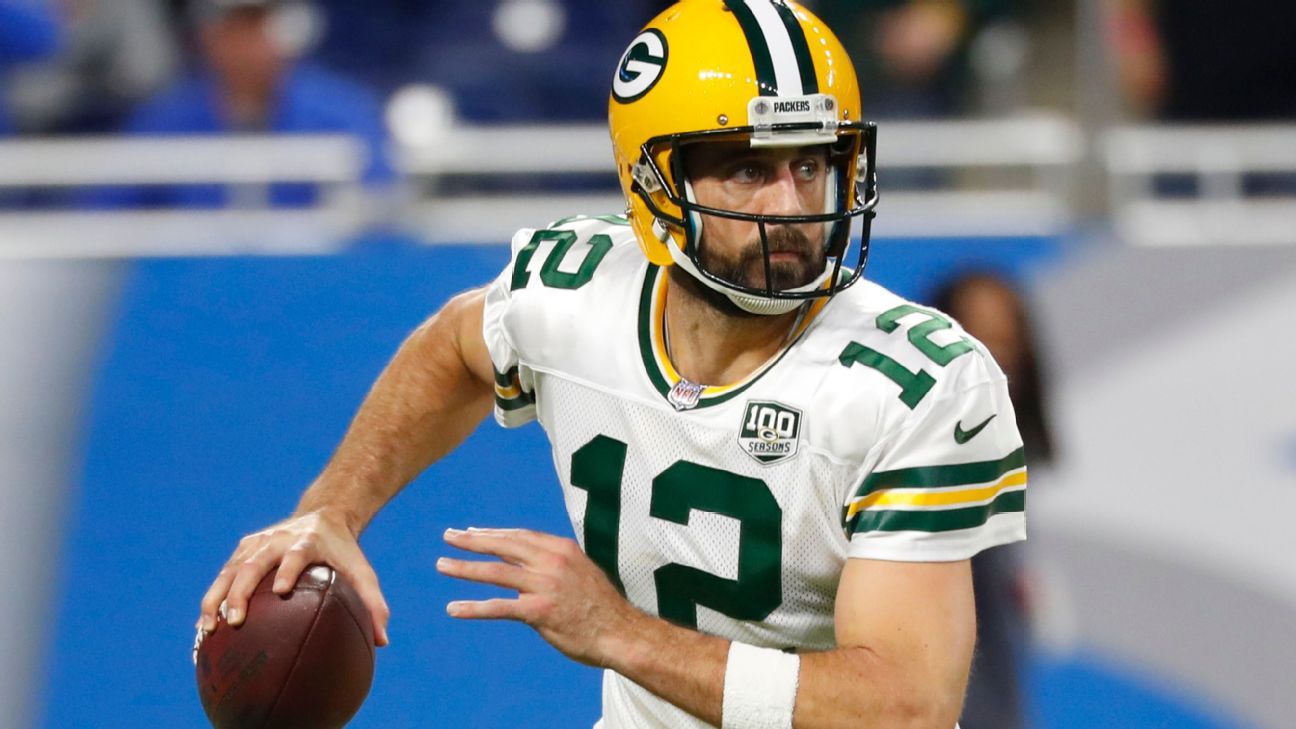The formation of a governing board and an overhaul of the domestic structure are two of the major changes in the PCB's freshly amended constitution. It has become a somewhat familiar sight; this is the fifth time since 1995 and the fourth in the last 12 years that the PCB constitution has been amended. The new legislation curtailed the almost dictatorial powers the chairman of the PCB had, passing most of them on to the newly appointed managing director to share power more effectively and reduce conflicts of interest, making it consistent with best governance practices.
Chairman Ehsan Mani initiated the changes after identifying anomalies in previous constitutions written in 2014 under his predecessor Najam Sethi. Until now, chairmen had the authority to act as executives of the board who tried to implement policy they had proposed themselves, which according to Mani was a conflict of interest. The new constitution, a copy of which ESPNcricinfo has obtained, has tackled every pertaining governance loophole related to the administration of cricket and the functioning of its governing body.
It not only restructured the PCB governing body, making it more independent, but also aimed to increase transparency and overhauled the domestic cricket structure, officially putting an end to the departmental cricket.
How is the domestic structure different from any previous ones?
In total, only six provinces - Balochistan, Central Punjab, South Punjab, Khyber-Pakhtunkhwa, Sindh and Northern - will be eligible to play first class cricket. Otherwise, domestic cricket in Pakistan has been played among departments and regions for nearly 50 years, starting in the early 1970s, when Abdul Hafeez Kardar, Pakistan's first Test captain and then PCB chairman, encouraged organisations like Habib Bank Limited, Sui Southern Gas Corporation, Water and Power Development Authority and others to provide employment opportunities for players.
However, the country's Prime Minister Imran Khan - who is also patron-in-chief of the PCB - was always in favour of a system which exclusively consisted of regional teams with the broader points of the revamp championed by him.
The new constitution, however, still allows departments to maintain a foothold in the domestic game. They have the opportunity to act as sponsors of domestic teams, though they lose the ability to play any national tournaments in Pakistan. The territorial region of each of six cricket associations is based on the bifurcation of each province in the country, and the PCB will fund them with the help of a principal sponsor approved for an initial period of up to five years. The departments who had up to now maintained cricket teams - like, for instance, HBL or SNGPL - will, according to the constitution, "be allowed first right of refusal to be the principle sponsor of the Cricket Association and the City cricket Association".
All cricket associations will be constituted as registered societies under the Societies Act and will be given a model constitution by the PCB. To start with, cricket associations will be organised by the PCB board of governors for a tenure of one year. Subsequently, the tenure will be overseen by the associations' own constitutions, which must be framed in line with the prescribed model constitution.
New formation of Board of Governors
The most significant amendment concerns revamping the formation of the Board of Governors (BoG) membership. The new constitution reduces the numerical strength of the cricket playing associations from eight to three to offset their influence - this has been done by bringing in four independent directors in keeping with best corporate governance practices.
Earlier, the composition of the BoG included four regional representatives (top four regional teams from the Quaid-e-Azam Trophy) and four representatives of services organisations (top four departmental teams). But in April this year, when several members attempted to have the managing director Wasim Khan removed from his post led to concerns the current system left the PCB vulnerable to such future angles of attack, with such a change always in the offing.
But now a 12-member board will have two direct nominees by the patron, a move that sees power consolidated at the top and stripped from the teams that play domestic competitions. Three members from the amongst the Cricket Associations, being the elected Presidents (on rotation basis after every three years), four independent directors (at least one of whom shall be female and named by the nomination committee of the Board), one federal secretary (non-voting member), the CEO and the Chairman.
PCB - one-man show no more
The PCB had often been criticised in the past because its constitution allowed the chairman near-dictatorial powers. Since 2007, the chairman held executive power and could control and oversee income and expenditure, form the selection committee, make appointments including the heads of such committees, the captains, vice-captains of the national cricket teams (men and women) and hold authority for final approval and finalise cricket teams picked by the selection committees. These were roles that in best management practices have been left to Chief Executive Officers instead of chairmen, because the executive authority effectively undermined the day-to-day management of the board.
The chairman, however, still holds sizeable power, but it has more to do with overarching policy decisions. The chairman no more holds a final say in selection of national teams for any series or event, or the power of naming a captain and vice captain, with the CEO overseeing that responsibility, and the chairman only allowed the final say, for which the chairman will be briefed by the CEO. In the new legislation, the CEO will be in charge of day to day management and shall exercise administrative control over the personnel of the Board.
Transition from old to new Board
The new constitution draft has been approved by the Federal government cabinet and will be notified in due course. The present BoGs will continue till the four new members are appointed. Once those four are appointed, all members of the existing BoG (except the chairman and nominees of the patron) shall cease to be so. The quorum for a meeting in this time of transition will be any of the five members.
When the changes go through, the current managing director Wasim Khan will assume the post of CEO, while the two nominees of the patron to the PCB - Ehsan Mani and Asadullah - will remain on the board of governors. All other position holders at the PCB will remain unaffected by the new constitution.
























 Phone: (800) 737. 6040
Phone: (800) 737. 6040 Fax: (800) 825 5558
Fax: (800) 825 5558 Website:
Website:  Email:
Email: 






